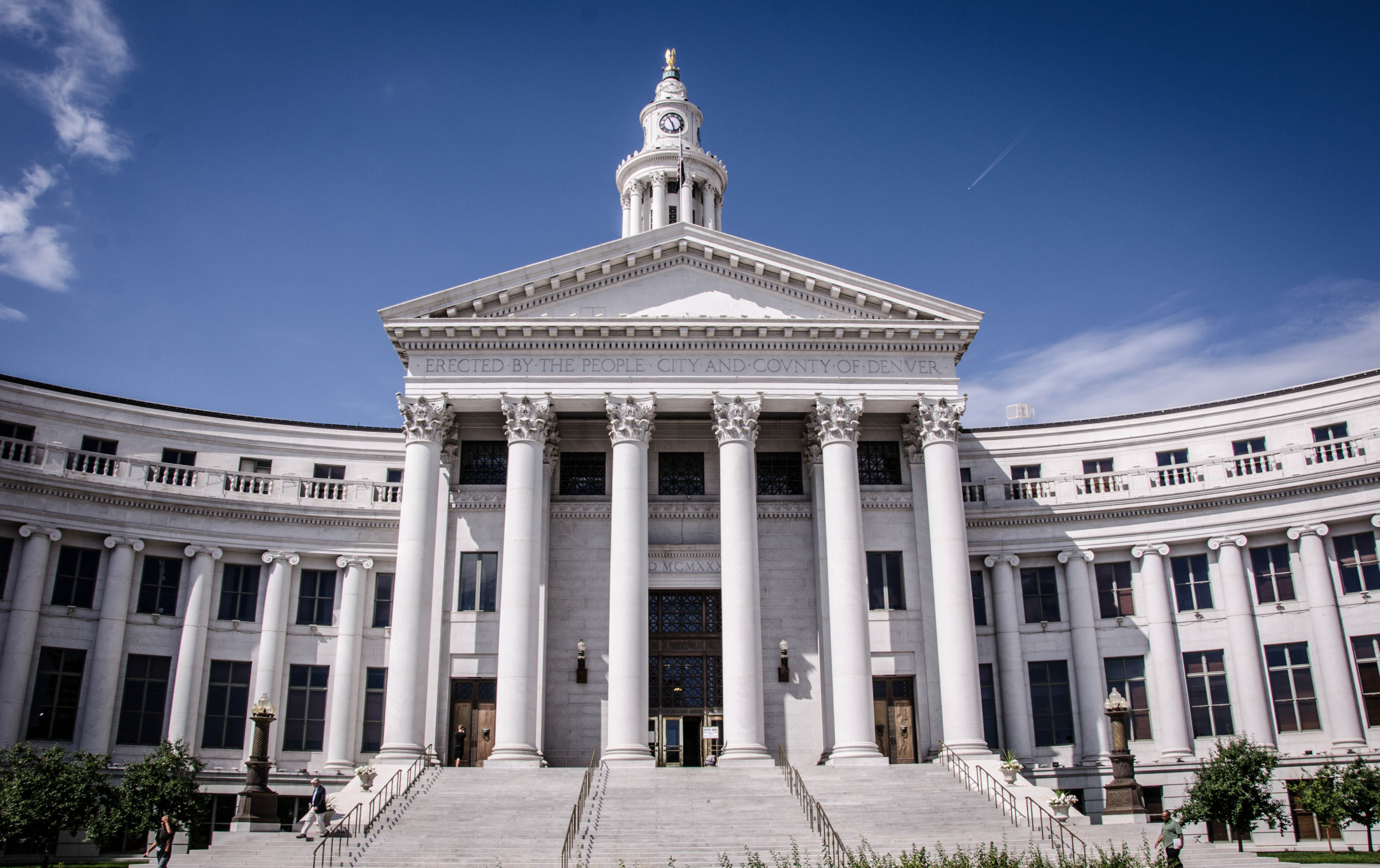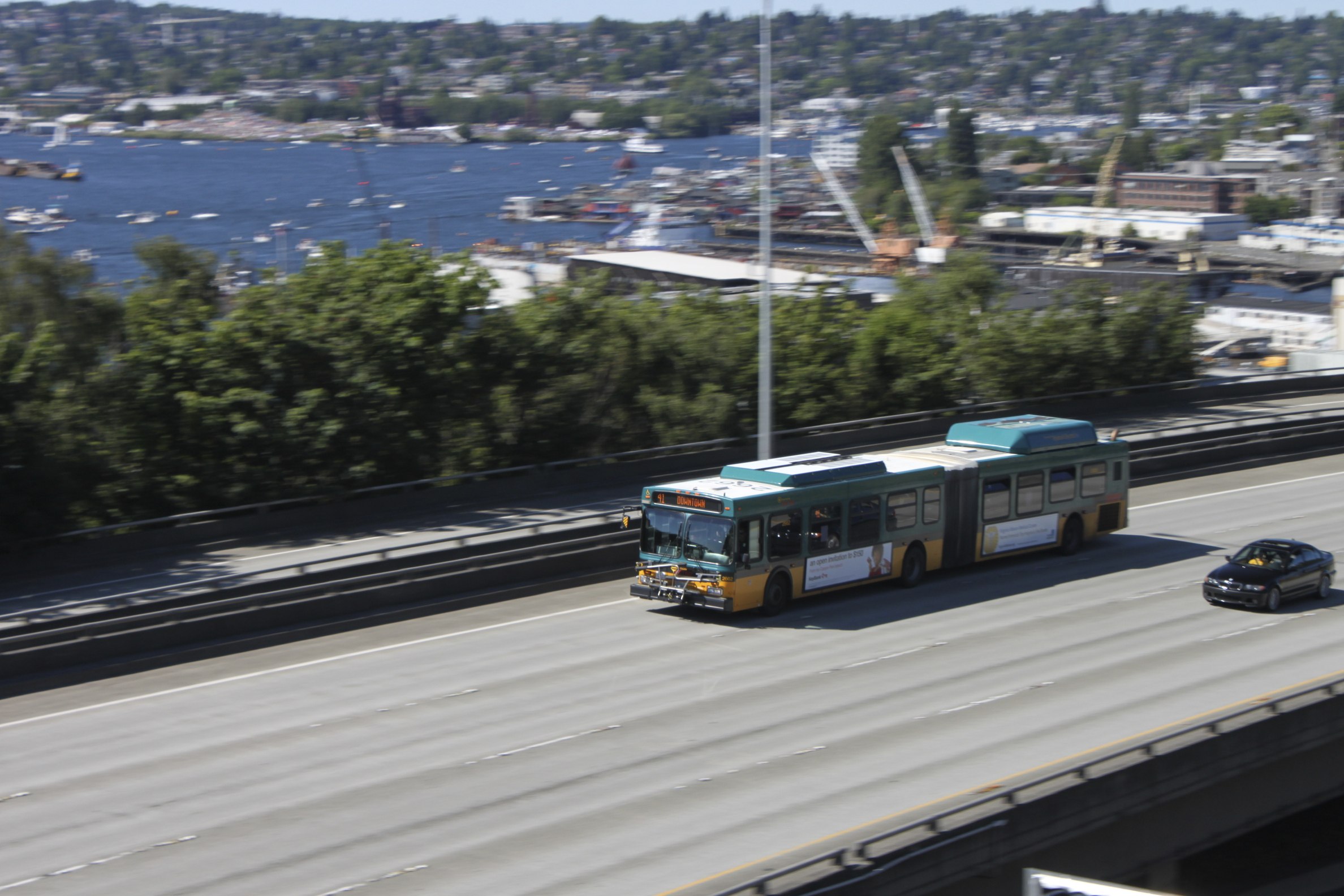
Recalibrating Transportation
2030 Roadmap to an Efficient, Equitable, and Safe Future for all Coloradans
Our 2030 vision is a transportation system that is efficient, equitable, and safe for all Coloradans without needing to rely on a car; a system that preserves Colorado’s environmental health; and a system that provides access to affordable housing, employment, and education. To achieve this, we ask Colorado leaders to use transportation funding to lead the nation in creating more vibrant communities while also solving our most pressing issues on climate, air quality, safety, and equity.
Downloads
Our 2030 vision is a transportation system that is efficient, equitable, and safe for all Coloradans without needing to rely on a car; a system that preserves Colorado’s environmental health; and a system that provides access to affordable housing, employment, and education. To achieve this, we ask Colorado leaders to use transportation funding to lead the nation in creating more vibrant communities while also solving our most pressing issues on climate, air quality, safety, and equity.
Achieving an efficient, equitable, and safe transportation system begins in 2022. By the end of this year, CDOT and Front Range MPOs will obligate more than $4.0 billion in transportation funding through the Statewide Transportation Improvement Plan (STIP) and Transportation Improvement Plans (TIPs). Maintaining a “business as usual” approach to funding projects means Colorado agencies will move backwards on addressing their own goals to reduce emissions, to provide equitable transportation options, and to reverse the alarming increase in bicycle and pedestrian fatalities. Now is the time for CDOT, DRCOG, NFRMPO and regional leaders to recalibrate the transportation system by prioritizing investments in walking, biking, transit, safety, and responsible land use decisions.
Today’s transportation system spends today’s dollars to address yesterday’s problems rather than meeting the current and future needs of all Coloradans, leaving us perpetually stuck in the past. Each year hundreds of millions of dollars are spent to increase the capacity and comfort for drivers to travel quickly while millions of Coloradans lack safe, reliable options to reach their destination without relying on a car. Without alternatives to driving, people and goods are stuck in worsening traffic across the state. Air pollution is setting records and climate change is fueling extreme weather and drought, with disproportionate impacts on those who live closest to major roads and highways. Every year hundreds of people die unnecessarily on our streets when hit by motorists, making options like walking and riding a bike unsafe.
These compounding challenges underscore the urgency for Colorado leaders to reset this cycle now. Investing Colorado’s transportation dollars in the expansion of transit, walking, and biking—rather than expanding road capacity for single-occupancy vehicles—is especially timely with the influx of new federal funding. Communities can further improve access to sustainable transportation options by supporting more compact and walkable land use patterns and updating their zoning policies to allow for infill, mixed-use development in less car-dependent neighborhoods.
This year, CDOT, DRCOG, and NFRMPO should work together to rebalance transportation investments by shifting money from new lane miles to sustainable options, which reduces vehicles on the road while improving efficiency, equity, and safety:
- Build out the Bus Rapid Transit (BRT) system and significantly expand transit service statewide
- Complete a safe and connected regional active transportation network
- Meet Vision Zero goals by protecting vulnerable users and investing in safety measures on high-injury networks
- Upgrade all Main Streets to be people-friendly Complete Streets.
- Foster livable communities with policies supporting equitable Transit-Oriented Development and location-efficient land use to reduce vehicle trips and pollution.
We’ve identified key projects that support each of these strategies included in this roadmap. The unprecedented level of federal and state transportation funding is best invested by prioritizing these projects this year in the 10 Year Plan update and in the FY 24-27 TIP. Luckily, there are numerous formula funding programs, state programs, and discretionary grants available so these projects can be completed quickly.
Starting with shovel-ready projects in 2022 is just the first step. Moving forward, transportation planning and project selection needs to be recalibrated to meet GHG reduction requirements and ensure transportation investments are expanding sustainable transportation options. Colorado leaders must revise processes, procedures, and the general approach to transportation planning, which has been traditionally severed from land use and equity goals. We believe these five steps will help bring transportation investments into alignment with community needs while reducing GHG pollution:
- Redefine how to measure success by leading with equity, access, safety, and impact. Projects defined by metrics like Level of Service (LOS) result in an endless loop of wasting money on expansion projects that increase the number of cars on the road and enable sprawling development patterns, resulting in catastrophic environmental damage. According to State Smart Transportation Initiative (SSTI), the ultimate goal of most travel is to access services and activities. Instead of prioritizing vehicle speeds at the expense of other modes, CDOT and MPOs should design our system to maximize accessibility by investing in projects that connect people to jobs and other activities in ways that are sustainable, efficient, healthy, and affordable. The quality of non-auto modes, transport system connectivity, development density, and affordability all affect accessibility and should be measured and modeled as part of all transportation planning. In addition to measuring access, CDOT and MPOs should develop a system to measure and score the equity and environmental impacts of all transportation projects. Agencies can look to California, which is developing a Transportation Equity Index to quantify the benefits of clean transportation investments in disproportionately-impacted communities.
- Reset project priorities based on current community input, data, and modeling. Resetting project priorities will help CDOT, DRCOG, NFRMPO and other regional transportation planning agencies comply with the Greenhouse Gas Rule. Project selection based on robust and authentic community engagement and GHG mitigation strategies will ensure transportation dollars are best serving the people of Colorado.
- Realign transportation investments to projects that reduce car dependency, increase access to mobility options, and prioritize equity. Vehicle Miles-Traveled (VMT) growth is not a foregone conclusion, but a policy choice reinforced by continued investment in auto-centric transportation and land use planning. Therefore, VMT growth forecasts should not be the primary driver of transportation planning decisions. Instead, we should align our transportation spending with our social and environmental goals. Colorado is on track to spend over $9.0 billion on transportation by 2030. Rebalancing transportation investments to focus on safe, connected mobility options, including transit and active transportation, will result in fewer cars on the road. Reducing cars on the road reduces transportation related pollution, improves safety for vulnerable road users, and improves the quality of life for all Coloradans.
- Rebalance funding to optimize the use of existing infrastructure rather than adding capacity. There will never be enough dollars to keep up with growth by building capacity. Rethinking efficient use of existing infrastructure to incorporate bus rapid transit, sidewalks, and protected bike lanes will result in mode shifts that reduce VMT and alleviate the need for expensive new highway expansions. When coupled with smart land use practices that encourage walkability and transit-oriented development, these funds are cost-effective investments to reduce GHG emissions with affordable, sustainable transportation. Surface Transportation Block Grants and the National Highway Performance Program, the two largest federal formula funds, can be used for walking, biking, transit and safety improvements.
- Recognize that the best projects leverage synergies between multiple smart land use, transit, walking, biking, and safety strategies to create desirable, healthy, vibrant places.
We look forward to working with you starting this year on constructive and collaborative ways to achieve our 2030 vision of a transportation system that is efficient, equitable, and safe for all Coloradans without needing to rely on a car; that preserves Colorado’s environmental health; and that provides access to affordable housing, employment, and education. Colorado leaders can meet GHG reduction goals and begin to address historic inequities by identifying and funding transportation projects that reduce VMT by investing in transit, walking, biking, and safety.
Topics
Find Out More


Less driving is possible

Green schools guide

